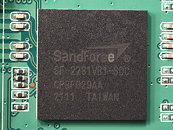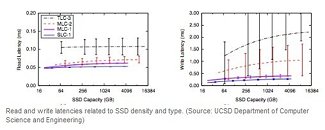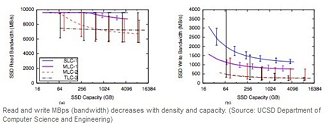Intel, Micron Update NAND Flash Memory Joint Venture
Intel Corporation and Micron Technology, Inc., today announced that the companies have entered into agreements to expand their NAND Flash memory joint venture relationship.
The agreements, which are designed to improve the flexibility and efficiency of the joint venture, include a NAND Flash supply agreement for Micron to supply NAND products to Intel and agreements for certain joint venture assets to be sold to Micron. Under terms of the agreement, Intel is selling its stake in two wafer factories in exchange for approximately $600 million-the approximate book value of Intel's share. Additionally, Intel will be receiving approximately half of the consideration in cash and the remaining amount will be deposited with Micron, which may be refunded or applied to Intel's future purchases under the NAND Flash supply agreement. The agreements also extend the companies' successful NAND Flash joint development program and expand it to include emerging memory technologies.
The agreements, which are designed to improve the flexibility and efficiency of the joint venture, include a NAND Flash supply agreement for Micron to supply NAND products to Intel and agreements for certain joint venture assets to be sold to Micron. Under terms of the agreement, Intel is selling its stake in two wafer factories in exchange for approximately $600 million-the approximate book value of Intel's share. Additionally, Intel will be receiving approximately half of the consideration in cash and the remaining amount will be deposited with Micron, which may be refunded or applied to Intel's future purchases under the NAND Flash supply agreement. The agreements also extend the companies' successful NAND Flash joint development program and expand it to include emerging memory technologies.








